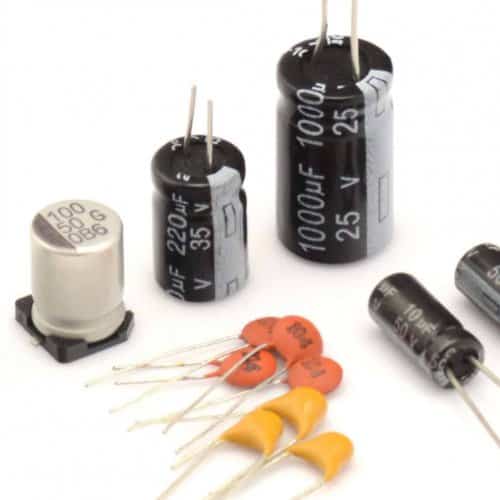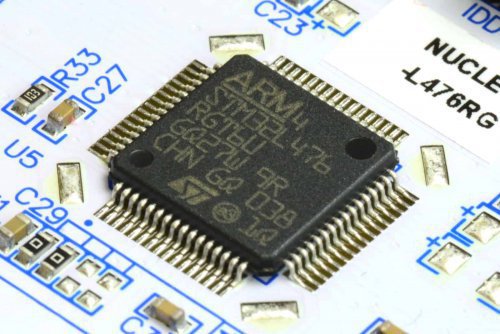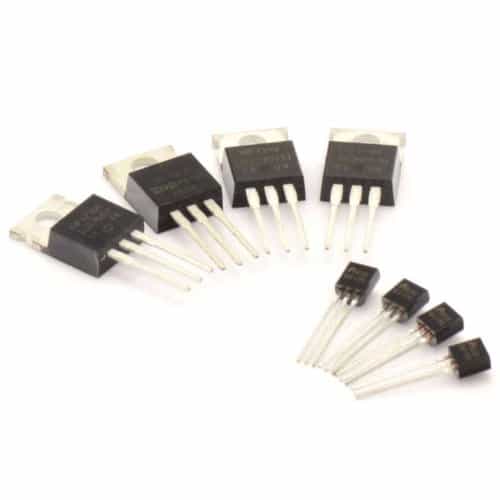Ledy adresowalne Arduino nano
-
Quizy
-
Najnowsze posty w innych tematach
-
- 28 odp.
- 448 wyświetleń
-
- 3 odp.
- 106 wyświetleń
-
Kurs elektroniki II - #5 - czujniki analogowe 1 2 3 4 8
Przez Komentator, w Artykuły redakcji (blog)
- 112 odp.
- 26 602 wyświetleń
-
- 3 odp.
- 134 wyświetleń
-
- 5 odp.
- 219 wyświetleń
-






Pomocna odpowiedź
Dołącz do dyskusji, napisz odpowiedź!
Jeśli masz już konto to zaloguj się teraz, aby opublikować wiadomość jako Ty. Możesz też napisać teraz i zarejestrować się później.
Uwaga: wgrywanie zdjęć i załączników dostępne jest po zalogowaniu!